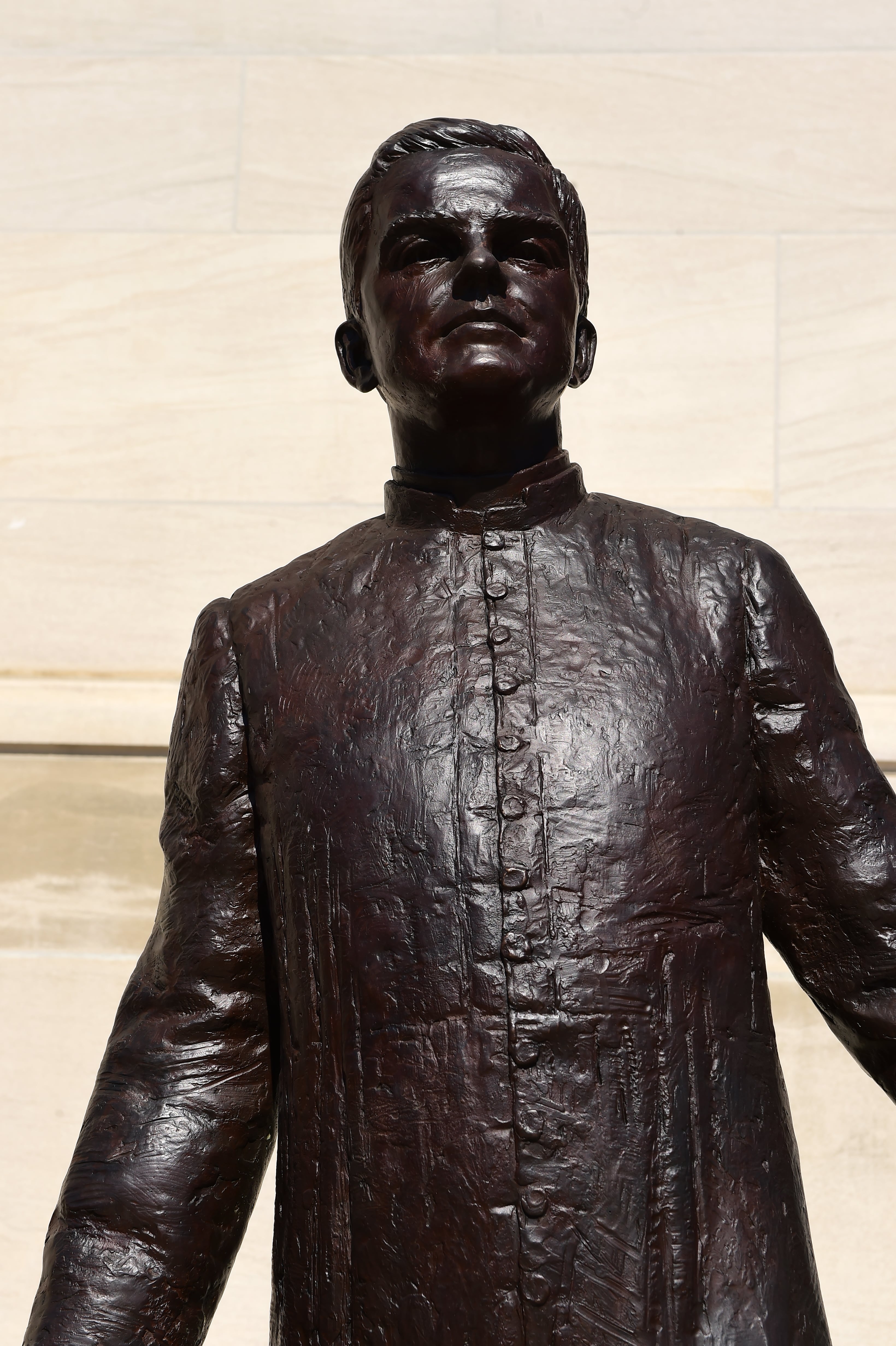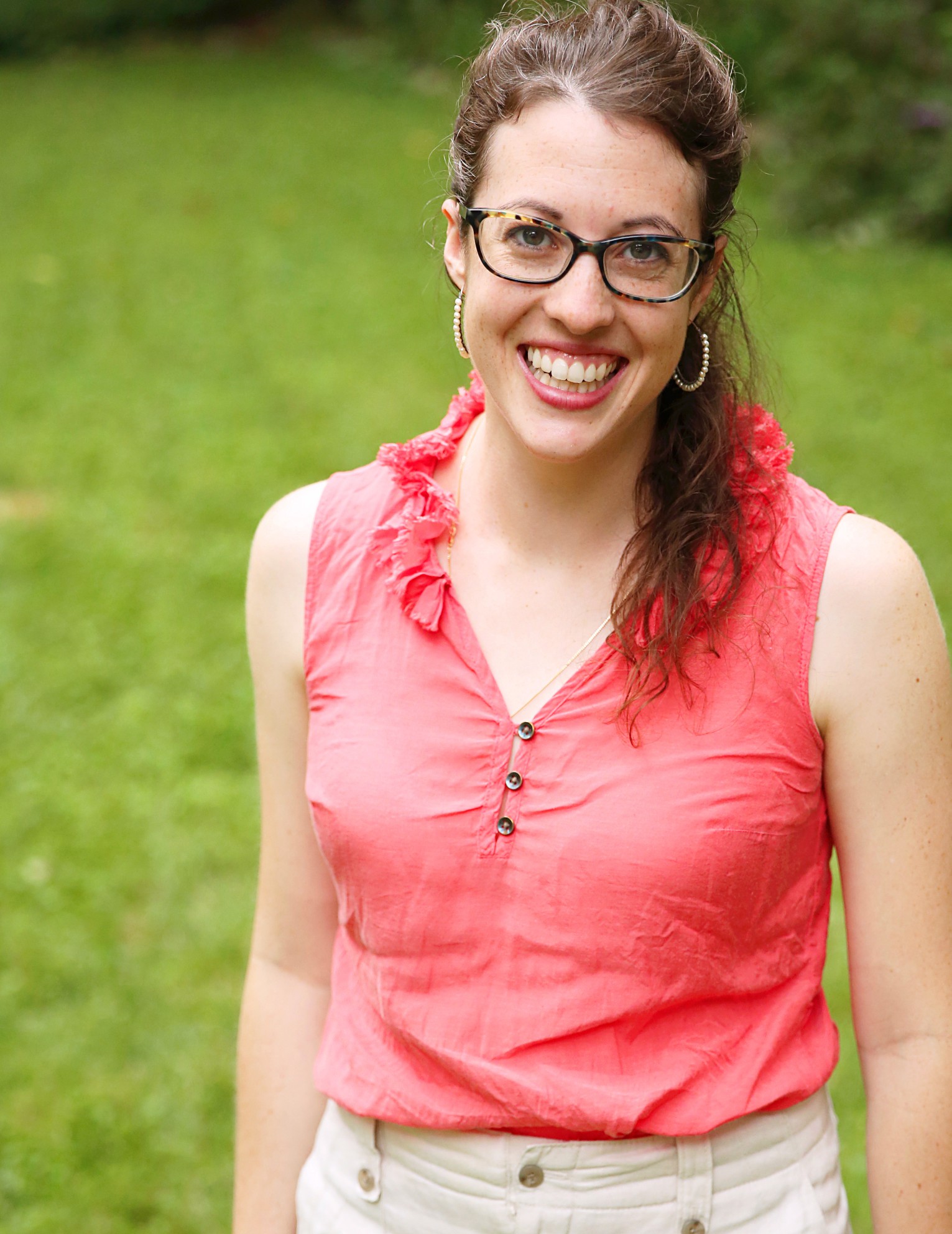CatholicU Archives Offer Untold Stories of Fr. McGivney

Rev. Michael McGivney is widely regarded as the founder of the Knights of Columbus, the world’s largest lay Catholic organization for men; however, a special collection on his legacy held in the American Catholic History Research Center and University Archives examines his lasting impact on 20th century women, known today as the Catholic Daughters of the Americas. Dr. Maria Cecilia Ulrickson, assistant professor of American Church History at CatholicU, offers a lesser-known look at the influence of the soon-to-be beatified American parish priest.
Photo Credit: Patrick G. Ryan, University Photographer, The Catholic University of America
MEDIA: To request an interview with Maria Cecilia Ulrickson, contact Carrie Kline at carriek@revolutionizingmissions.com.
Maria Cecilia Ulrickson, Ph.D.
Assistant Professor of American Church History
 Dr. Maria Cecilia Ulrickson is Assistant Professor in American Church History at The Catholic University of America in Washington, DC with noted expertise in slavery, emancipation, and Black Catholicism. She currently researches the early activity of the Knights of Columbus and the legacy of Fr. Michael McGivney in the work of the Catholic Daughters of the Americas collection at the American Catholic History Research Center and University Archives (ACUA).
Dr. Maria Cecilia Ulrickson is Assistant Professor in American Church History at The Catholic University of America in Washington, DC with noted expertise in slavery, emancipation, and Black Catholicism. She currently researches the early activity of the Knights of Columbus and the legacy of Fr. Michael McGivney in the work of the Catholic Daughters of the Americas collection at the American Catholic History Research Center and University Archives (ACUA).
Suggested Interview Questions
- Tell us about your position at The Catholic University of America as it pertains to the collections on Fr. McGivney's legacy.
- McGivney was the son of Irish immigrants; you are a daughter of an immigrant. Can you talk about the contributions that children of immigrants add to the rich fabric of America?
- What is the significance of McGivney’s beatification for the American church and the CUA community?
- What might people be surprised to learn about McGivney’s life?
- How do you think McGivney serves as a role model for female laity today, and why is this important?
